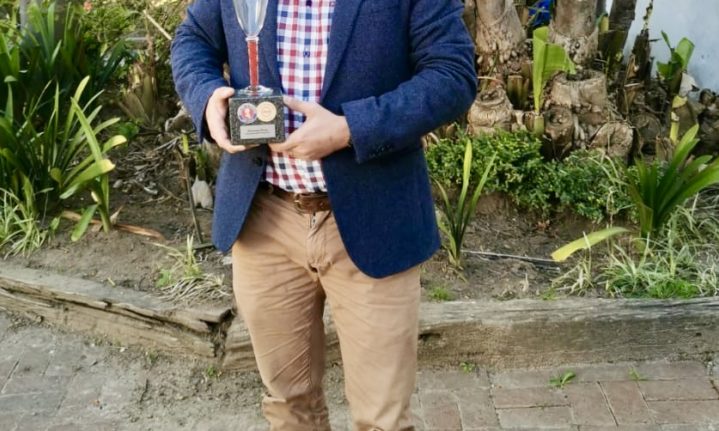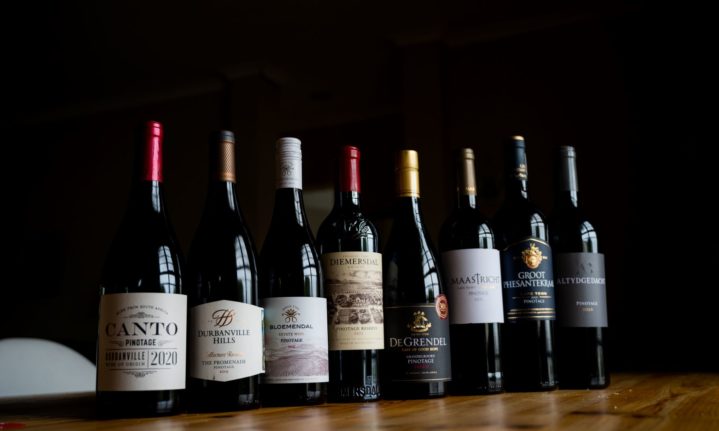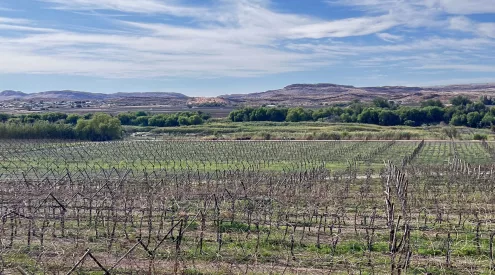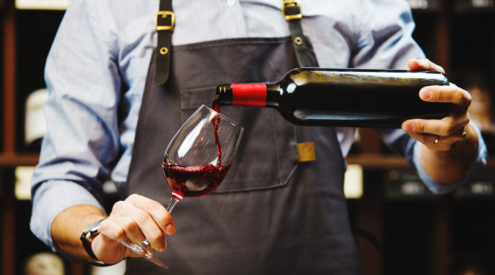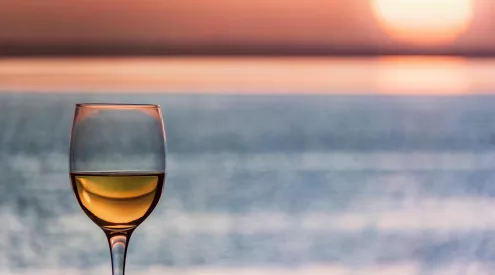Pinotage was first planted by Abraham Isak Perold, viticulturist at Stellenbosch University, at their experimental farm in 1925 after crossing Pinot Noir with Hermitage (or Cinsault).
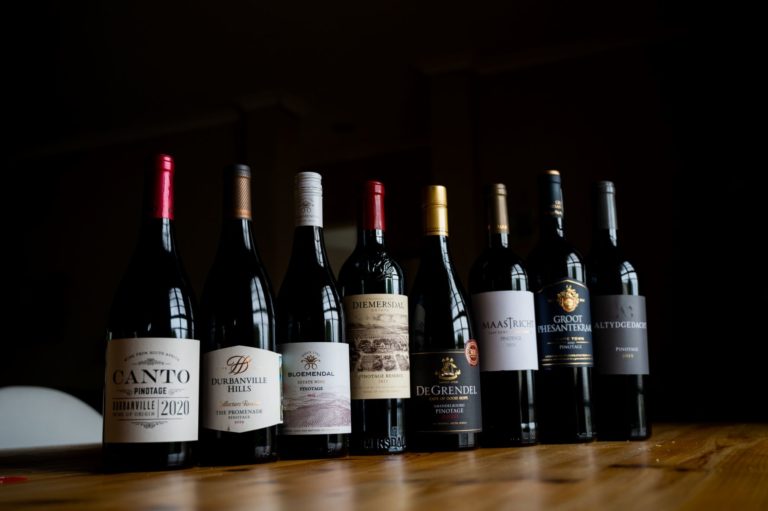
He left no notes about his experiment – with some saying that he even considered it a failure – until his successor stumbled across it in the garden and well, the rest is history.
Today, Pinotage has stood the test of time, even though oenophiles once scoffed their noses at it. It is likely the only variety that originates from the New World regions. California’s renowned Zinfandel and South Americas Malbecs by have become synonymous with those regions, but their homeland remains in Europe.
But just what makes this wine so special? to find out, we got some answers from Michael Malan, winemaker at Simonsig Wine Estate in Stellenbsoch.
The first pinotage released by Simonsig in 1970 was a Pinotage. True to his pioneering spirit, family patriarch Frans Malan turned to new small French oak barriques for this wine.
This year, Simonsig’s s Malan Family Selection Redhill Pinotage 2019 was awarded the Absa Top 10 Pinotage competition, the eighth time the winery has collected the trophy.

‘Pinotage has a special place in the heart of all South African wine lovers, so it’s particularly gratifying to receive recognition like this,’ says Michael Malan after receiving the trophy.
We asked Michael a few questions to get to know more about this often misunderstood grape.

Simonsig winemaker, Michael Malan with the recent Absa Top 10
Q: I know Pinotage is a decisive grape, especially among wine aficionados, what is the reason for this?
A: Yes, I agree with you, but I think it almost still suffers from the old ‘burnt rubber & rusty nails; stigma. So I think it is a preconceived idea of the consumers/wine drinker that puts them off from even trying it these days. Pinotage has come a long way from those days. Winemakers and Viticulturists are understanding the grape better.
Q: What were winemakers doing in the past that gave Pinotage is bad reputation?
A: I think like any “new” thing in life, it takes a bit of time to figure it out and it goes through a trial and error phase. This can surely be said of Pinotage. It wasn’t planted anywhere else in the world and it was up to SA winemakers to define what Pinotage is. These days we play on a global field where you can easily get your hands on all different wines from all across the world. This is important to know what is going on in the world and to see what the rest of the winemakers are doing out there and following consumer trends. Some years ago when Pinotage got its bad wrap, this wasn’t the case.
Q: What are winemakers doing differently today, how have we come to understand the varietal?
A: On the vineyard side there is now a greater understanding of what makes Pinotage tick. What sites and soils will lead to different styles of wines. Shale soils vs granite vs sandstone. Almost all of the vineyards that we use for red wine are planted on shale (skalie in Afrikaans) which produces a wine that has a very perfumed fruit with a bit of spice to it whereas granite will give you a darker fruit profile. We know that Pinotage isn’t afraid of a bit of heat. For this reason, it usually does better in the northern parts (Simonsig/ Beyerskloof/ Kanonkop/ Le Avenir) of Stellenbosch compared to the south. The Swartland and Wellington are also well known for Pinotage. It is the earliest red grape that comes into our cellar (first week of Feb) so its maybe not subjected to extensively long periods of heat, but its ripening period is during the hottest part of the year.
In the cellar, we have also learned, that because the skin of Pinotage is so thick, we have to be really careful of the amount of extraction we do (and when) during fermentation. Pinotage is also an extremely fast fermenter compared to other grape varieties. My Pinotage ferments for six days before I press the tank, where it finishes alcoholic fermentation in the tank without being on skins.
Q: What is a standout characteristic of the grape?
There is no doubt that Pinotage has an abundance of fruit. This for me is the hallmark of Pinotage. I think this is the main reason it is used so widely in Roses (Simonsig’s MCC). you can pick it nice and early and there will still be so much redberry fruit going on. Pick it a bit later and it produces a beautiful light-style red (with lots of yummy delicious fruit) and then closer to phenolic ripeness it creates a classic wine that can stand tall on the international fine wine market.
The agility of Pinotage is absolutely fantastic and I will go on to say that, in my opinion, it is better than Cab (Cabernet Sauvignon). But only time will tell and give us a better picture of this.
A: Since you use it in your Rose Cap Classiques, I imagine it is an extremely versatile grape – how widely used is Pinotage, and are winemakers pushing the boundaries on what can be made for the grape? Should I prepare myself for seeing a Pinotage Cape Vintage one day?
A: Certainly! Pinotage is being accepted more and more, especially from the winemaking side. There are already several Pinotage Cape Vintage wines available.
Q: Can you elaborate on a Cape Blend, and could this blend convince some pinotage naysayers?
A: A Cape Blend is a “Bordeaux Blend” but is led by Pinotage. It has to have between 30 – 70% Pinotage in and then you can add any other cultivars to make up the rest. The most common is probably Cabernet Sauvignon, Merlot and Shiraz.
Q: Lastly, why should people try Pinotage?
A: It’s Proudly South African!!!
The Simonsig Redhill Pinotage 2019 is available from the farm oir can be ordered online for R500.00 per bottle at www.simonsig.co.za.










